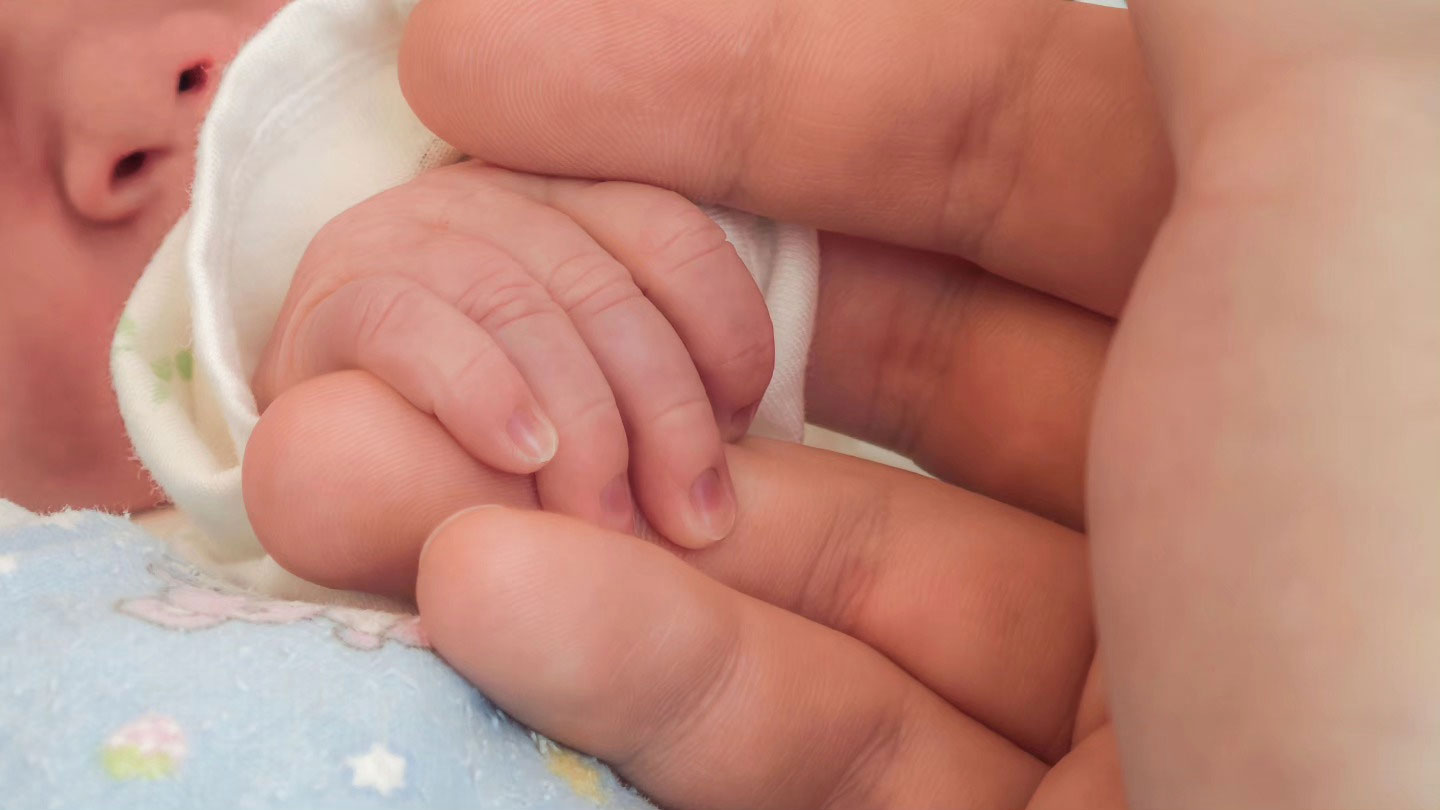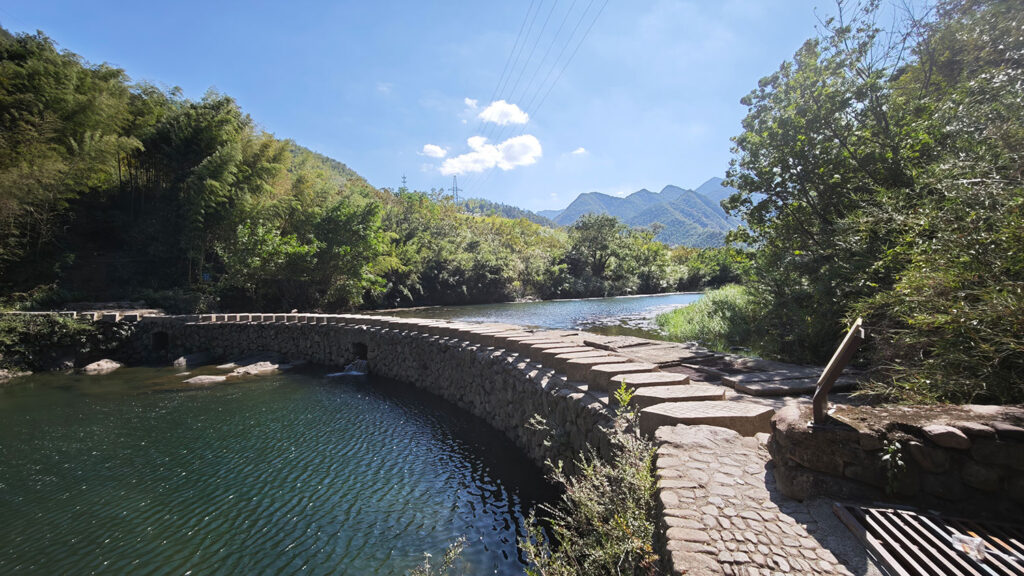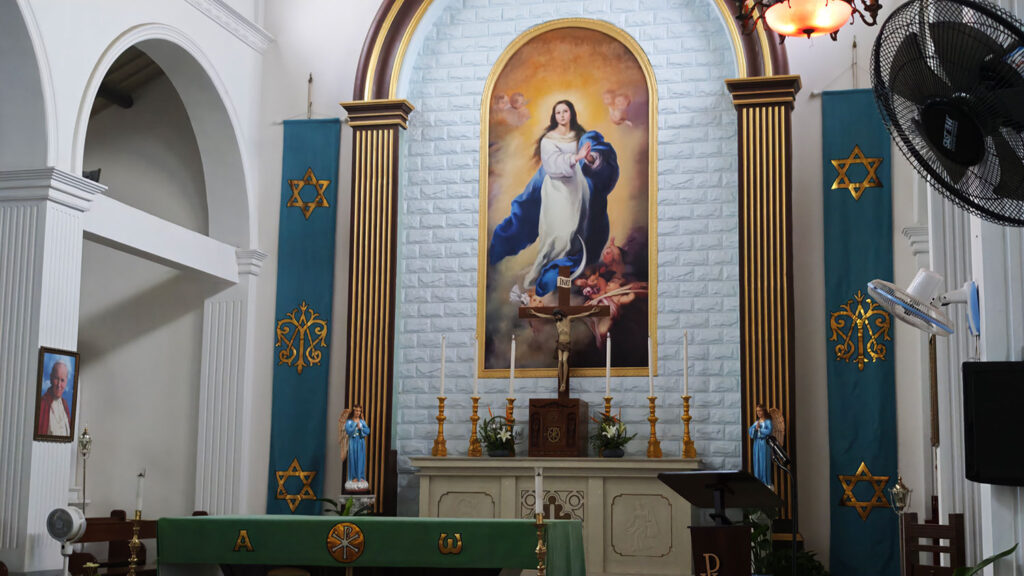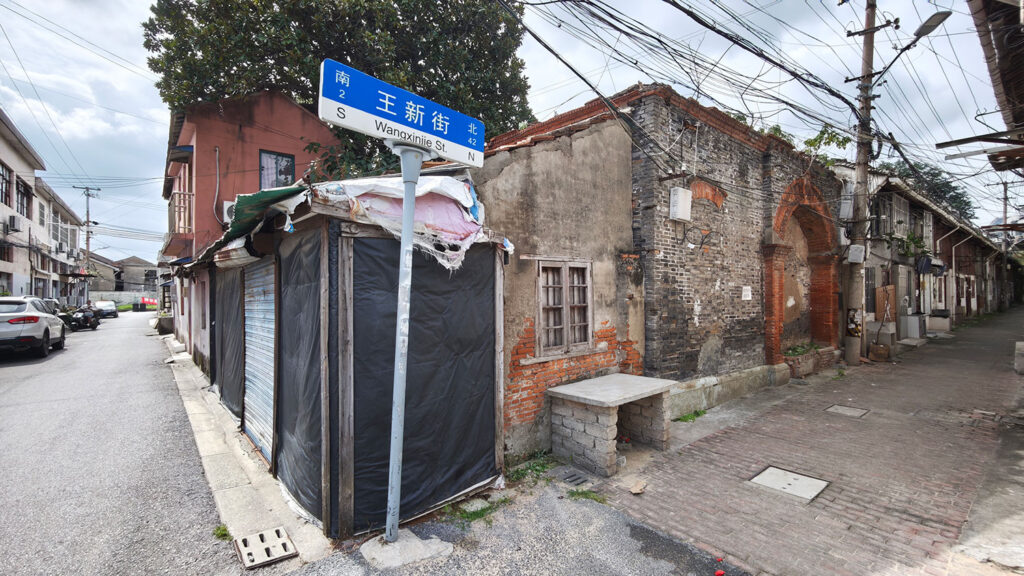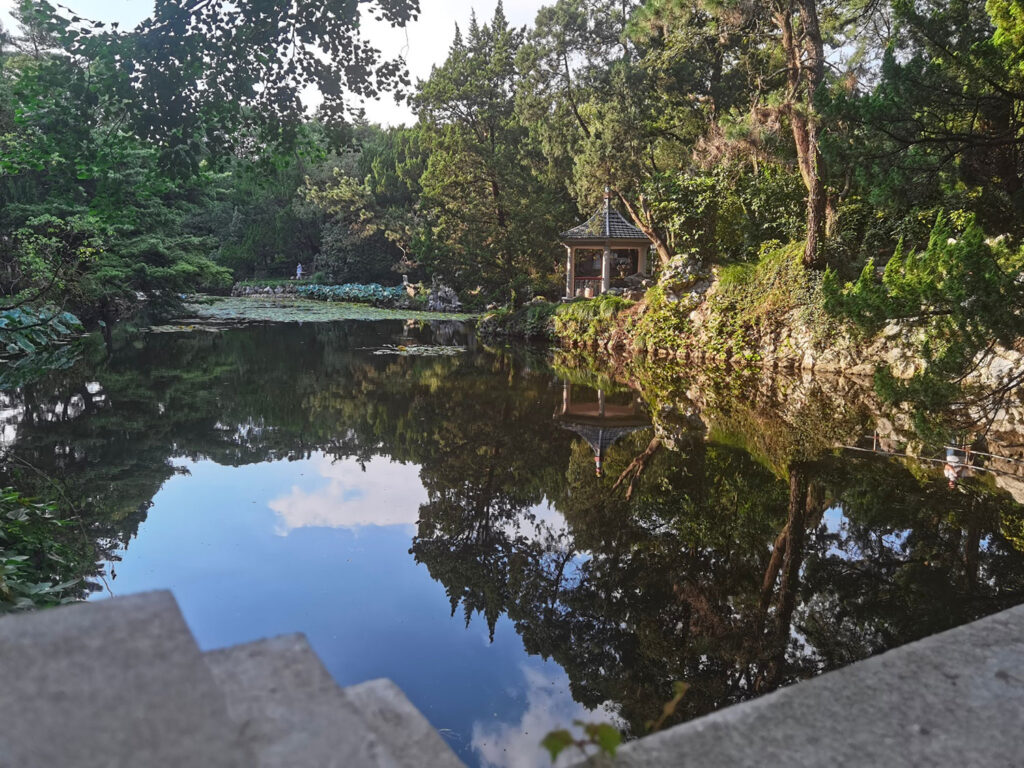It’s a cold Saturday morning in January and my body is tired from a two-week business trip, but my mind yearns for this. I park the car at Lake Meadow. Las Vegas does not make me appreciate humanity in the slightest, with its pursuit of idle pleasures. It’s a city made for tourists, not residents. But I’m in an empty parking lot among the hills, an hour’s drive away from the city, to start my 14-kilometer hike. Crunching gravel beneath my shoes, and the crisp air greets me. I want to think about other things than work, bigger things — how I relate to the world, and how it relates to me. Even though I don’t have a concrete answer for it, I will have one later that day.
It’s no coincidence that all over the world, monasteries — regardless of which religion — are all built far away from society, so that monks and nuns can focus on their religion. Is wisdom only found in the absence of people? Maybe. But it certainly is an aid — if not a prerequisite — of self-reflection. And that’s what I’m doing too. Hiking, to be alone with my mind.
The air here literally buzzes with electricity. I’m walking underneath high-voltage pylons, carrying hydroelectric power from the Hoover Dam, on this path that used to be a railroad. Through barren hills and man-made tunnels, I eventually arrive at the dam, an enormous Art Deco structure with ornaments and inscriptions. It’s a structure built almost a century ago, to generate electricity, but it also feels a shrine, wedged between the Black Canyon walls.
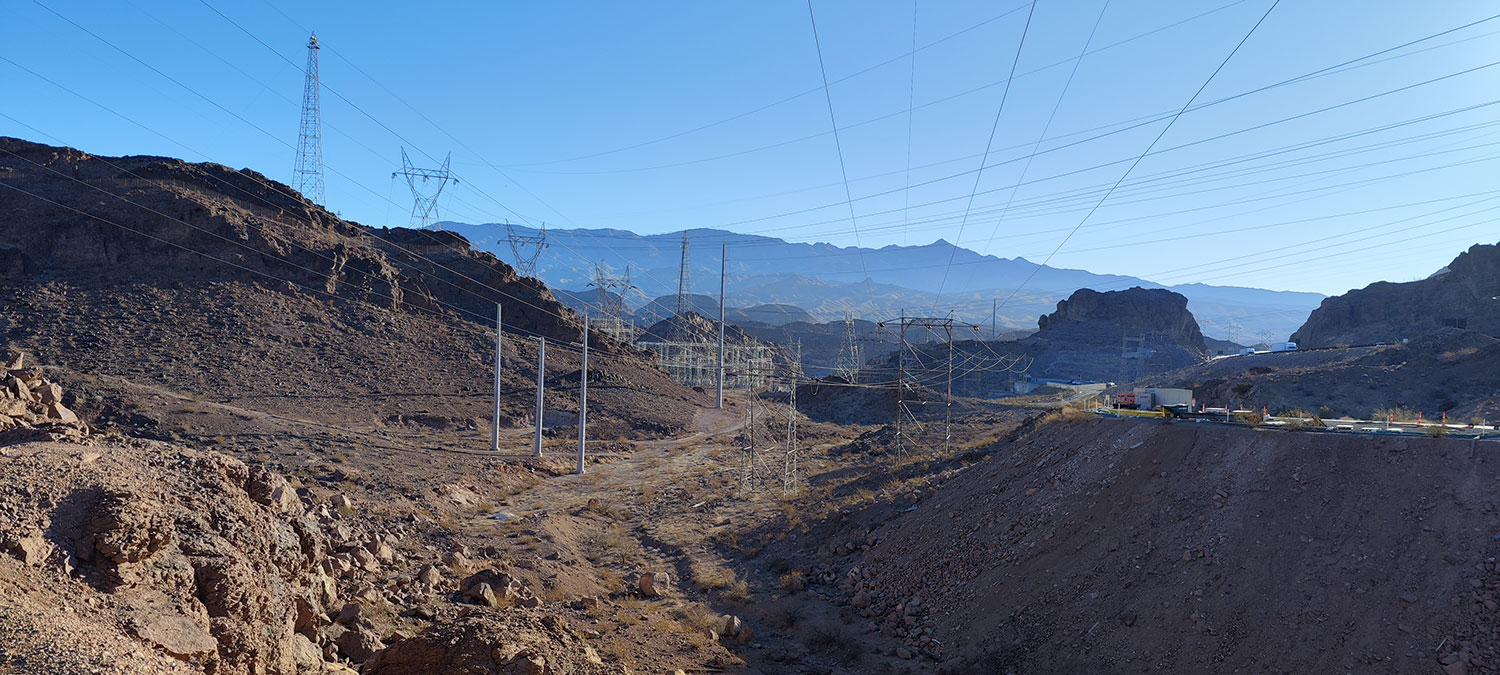
After the hike, I return to the Airbnb. With two colleagues, we pack boxes and eat Korean — confused on how much we should tip in the restaurant, and then set out in our Toyota SUV. It’s a five-hour drive from Las Vegas to Los Angeles — where our flight leaves the next day. Calvin and Daisy are in the front, me and the luggage in the backseat. I’m looking forward to being back with Eva in Shanghai, who’s texting me. First some cryptic pinyin-acronyms, and she keeps repeating them, but first I ignore it and keep talking about the morning I had, but she keeps repeating — and I cannot understand what she means. She cannot hold back the surprise she’s keeping, she knows she’d better wait until I’m back, but she cannot, and just says it outright — that she’s one month pregnant, carrying our child, and she sends over documents from the hospital test that show the baby’s heartbeat. And I start sobbing. And if I didn’t think about life enough this morning, then surely in the back seat of that Toyota I am, as the sun is setting into the Mojave Desert. I think, I pray, I wish, I plan, I hope, and I’m thankful.

When faced with changes or challenges, people turn to these verbs — and I don’t think it’s exclusive to people who believe in God (whichever form He takes). To me, religion in the first place isn’t about an almighty creator. Marilynne Robinson wrote this in Gilead: “Nothing true can be said about God from a posture of defense”. And debates about religion often distract from the value, turning into a yes-or-no, true-or-false crossroad, putting the value at either absolute or absolute zero. But it’s a mistake to take religious scripture literally, and equally it’s a mistake to say it has no value. And no matter how you dance to your scriptures, they’re better revealed through action like peace, love, and lived example, rather than argument.
For years I ridiculed religion as a fairytale and stopped thinking there — but now I’m certain it’s possible to be religious without believing in God as a judgemental father. Religion in the first place is about wondering about the mystery of life, of which each one of us is a manifestation. This is not stretching the definition of the word. Not only does such a view on religion surely include the concept of God from both a cultural and individual point of view, but also does this mystery become very relevant when your wife is pregnant. Maybe it is as Athena said to Telemachus, “ The gods will not do for man, what man must do for himself.”
Or maybe Don DeLillo put it better, in Libra: “Some people don’t believe in God, but they color eggs at Easter just to change the pattern of their days.” Religious habits can exist separately from God. We were raised among Christian values and our parents made us go to Church. But no devotion was demanded of our minds. Yet the values of hard work, being modest, honest, equal, grateful, and tolerant remain. When we visit a church, I will light a candle — but it’s a prayer I tell myself, a ritual done by my family members across the world to be grateful. And at home we have a tiny white Guanyin statue, and she reminds me of Mary — who in turn reminds me of my mom’s hometown. In other words, Mary is in the first place not biblical to me, but of nostalgic value.
People do all sorts of things for no logical reason. Prayers take all kinds of forms. We collect stamps or pebbles from rivers and beaches visited. I kept at home a feather that fell from the skies. We tattoo shapes and names on our bodies. Yoga or cycling or fishing can be spiritual. We hold weddings and light fireworks at New Year’s. We make trips to places that we decided are meaningful to us, before we ever got there. We take meaning from songs and lyrics. We always look for meaning and things that are bigger than us.
The opposite way also works, to take religious quotes and get value out of them without believing in God. JFK had on his desk the Biblical quote: “God, thy sea is so great, and my boat is so small”, and I think there’s comfort in that sentence in a way language can give you. The CIA’s motto, “Ye shall know the truth and the truth shall make you free” doesn’t even sound like something from the Bible. I think even “In God We Trust” can instill confidence, even if you don’t believe in God as some divine ruler.
I think back to the two winged figures that sit near the entrance of the Hoover Dam, guarding an inscription that talks about “Lonely land made fruitful”. There’s no mention of God, but sculptor named Oskar J.W. Hansen knew what he was doing: “Man has always sought to express and preserve the magnitude of his exploits in symbols. They form the connecting link between the spiritual and the material world.” And yes, the figures’ toes are rubbed golden by visitors wishing for luck.
I wear around my neck a white jade ring from Xi’an. Eva says it gets brighter the longer you wear it. I’m not sure. But it is, very bright. I wear red underwear because it’s my zodiac year. And for eight months, we’ve spoken words against Eva’s growing belly. We’ve cleaned the bedsheets and clothes beyond what I think is reasonably clean and hung them in the sunshine to dry, even after they were dry. We looked at the patterns on baby clothes and I decided I like the ones with fawns the most, because it reminds me of home. And we spoke about baby names, not knowing if growing inside Eva was a girl or a boy.
That cold Saturday in January, as we’re driving to Los Angeles, I’m wondering why we want children. Maybe it’s like arguments in the defense of God; a lost cause. There are so many obvious and factual downsides to having children, as they limit your freedom in many ways, and the upsides are very abstract. But it feels the most meaningful thing to do with my life, to teach a little person and see her or him grow and overcome challenges with wit and bravery.
It’s a hot Sunday morning in Shanghai in August, 215 days after the ride to Los Angeles. We get into the car as Eva feels it’s ready to meet our baby. The red brick building has a clock tower, as if to signal it keeps track of all this new life brought into this world. Hopeful couples are on the first floor, like we once were, and the grateful ones move up to the eighth floor. We go to the middle, the fourth floor, with the delivery rooms.
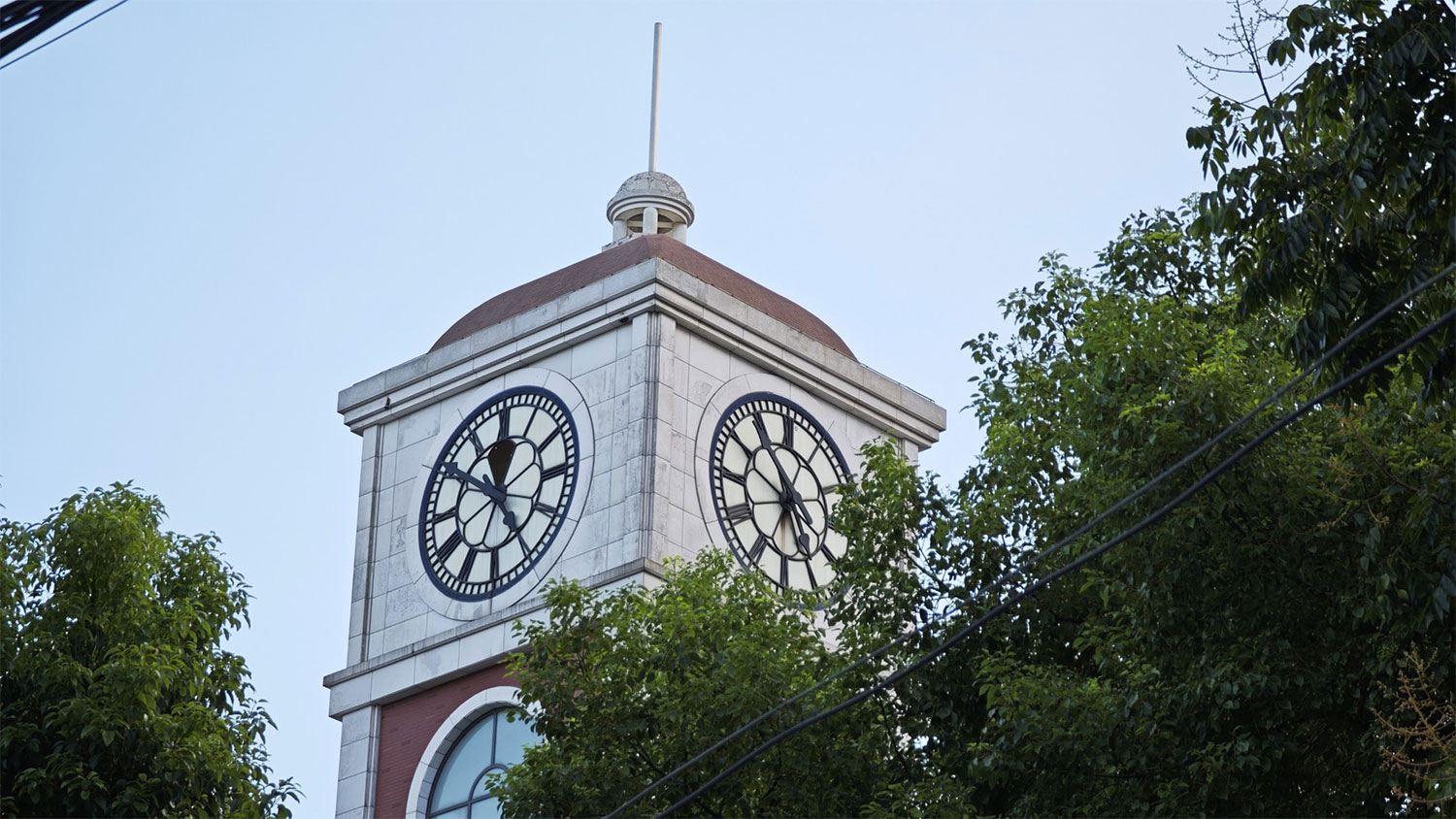
I’m waiting outside with the other grandparents-and-dads (to be), while the women are inside, waiting for dilation to reach a threshold so that one family member can join the birth. There’s a board with the patients’ names and how much dilation they have, updated every hour, like some sick game of slow chess. I see there are five women inside, with twenty-five people waiting in the hall, swiping their phones or trying to sleep.
There’s a small angel figurine on the reception desk at the department in the hospital. It’s Monday night when she finally arrives. She’s been with us for the past nine months, but it feels like she has just been created on the spot, straight out of magic. She’s here, and a page is turned. An infinite number of ifs have turned this way, and she’s here, perfect in every way.
When you Google for the meaning of a specific name, you always find it means something positive, like vigorous, elegant, or faithful. But real meaning you have to find and create on your own. We visited the Dutch city of Kampen last year, not far from my hometown, and it’s the location where a story set in the 15th century starts. In the novel, Hasse is a self-willed girl who refuses to be intimidated by anything, least of all the narrow societal norms for women, and charts her own course. In some ways, she’s similar to Joan of Arc or Mulan, as she overcomes limitations put on women and disguises herself as a man to take up arms.

In the ‘The Gardener and the Carpenter’, Alison Gopnik raises a great point, in that parents shouldn’t try so hard to mould what they think is the perfect child — like how a carpenter approaches building a table from a blueprint. Instead, parents should provide a safe space in which the child can grow up and explore and make mistakes — like a gardener. You can plant the seeds in fertile soil, water the crops, but in the end, you have no absolute control over how living things choose to grow.
Our girl is born into the 21st century, into a world of trade wars, climate change, and artificial intelligence. So it’s our wish that our girl will create this story in her own way, across continents and languages. I hope you’ll own your successes and your mistakes, that you’ll find your place in all of this, and most of all, develop a sense of self.
And so for now, we say just this one word prayer.
Hasse.
